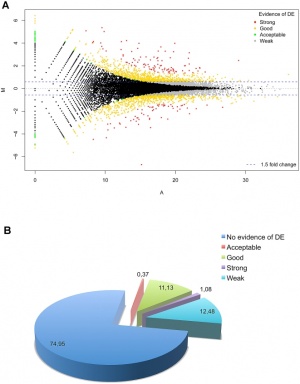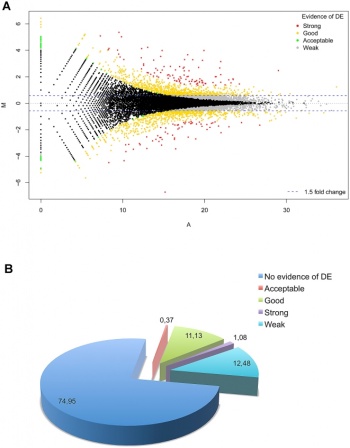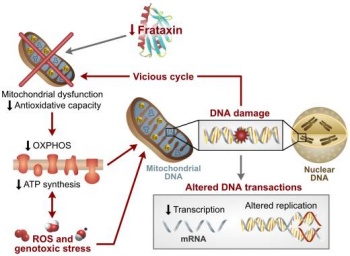User:Z3329495
Lab 4 Online Assessment
- The allantois, identified in the placental cord, is continuous with what anatomical structure?
- Identify the 3 vascular shunts, and their location, in the embryonic circulation.
- Identify the Group project sub-section that you will be researching. (Add to project page and your individual assessment page)
Lab 1
Questions
- Identify the origin of In Vitro Fertilization and the 2010 nobel prize winner associated with this technique.
- Identify a recent paper on fertilisation and describe its key findings.
- Identify 2 congenital anomalies.
Answers
- Robert G. Edwards won the 2010 Nobel Prize for his IVF work which led to the birth of the first IVF baby Louise Brown, born at the Royal Oldham Hospital Manchester, England.
- A recent paper on predicting how sucessful IVF treatment would be for specific individuals has come out with its finding that predetermined factors (such as maternal age, how long infertility has persisted for and if the maternal oocyte was used) can indicate the sucess of fertility treatment as opposed to a simple probability for a sucessful treatment. PLoS Medicine: Predicting Live Birth Preterm Delivery, and Low Birth Weight in Infants Born from In Vitro Fertilisation: A Prospective Study of 144,018 Treatment Cycles
- Downs Syndrome and hemophilia
--Z3329495 14:14, 28 July 2011 (EST)
--Z3329495 12:55, 28 July 2011 (EST)
--Mark Hill 10:07, 3 August 2011 (EST)These answers are fine.
Lab 2
--Z3329495 13:00, 4 August 2011 (EST)
Questions
- Identify the ZP protein that spermatozoa binds and how is this changed (altered) after fertilisation.
- Identify a review and a research article related to your group topic. (Paste on both group discussion page with signature and on your own page)
Answers
- the ZP protein that spermatozoa binds to is ZP3. After fertilisation, enzymes in the cortical reaction alters ZP3 so that it no longer binds to sperm.
- Angelman's Syndrome:
Review article: http://jmg.bmj.com/content/40/2/87.short Research article: http://jmg.bmj.com/content/38/12/834.abstract --Z3329495 12:07, 9 August 2011 (EST)
Lab 3
--Amanda Tan 11:07, 11 August 2011 (EST)
Differentially expressed RefSeq genes in human trisomy 21
Questions
- What is the maternal dietary requirement for late neural development?
- Upload a picture relating to you group project.
Answers
- Folate has been found to reduce the incidence of neural tube defects and many countries have fotified food staples (flour etc) with folic acid. A recent study found that more cases of neural tube defects can be avoided if more countries implemented policies to fortify foods with folic acid. Update on prevention of folic acid-preventable spina bifida and anencephaly.
Iodine also prevents Cretin from developing and has been recommended that pregnant women consume supplemented iodine. http://www.thyroid.org/professionals/publications/statements/documents/ATAIodineRec.pdf
A model of Pathogenesis of Friedreich Ataxia
--z3329495 20:58, 13 August 2011 (EST)
--Mark Hill 12:22, 16 August 2011 (EST) Not bad and the image contains all the correct citation information. The file would more correctly be named "A Model of....."
Lab 4
--Z3329495 11:07, 18 August 2011 (EST)
- what structure does the allantois attach to.



